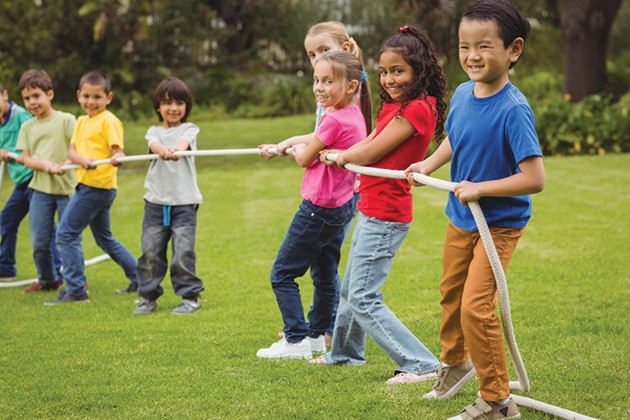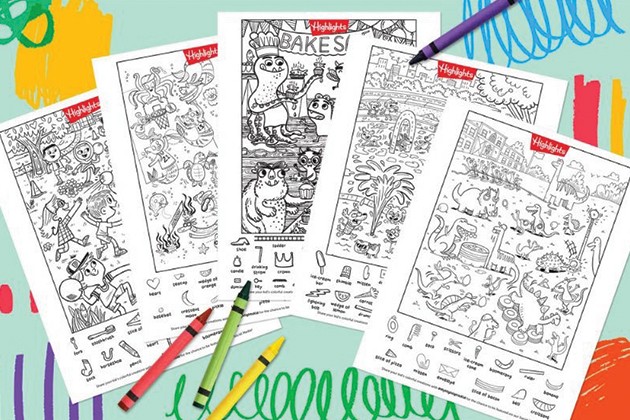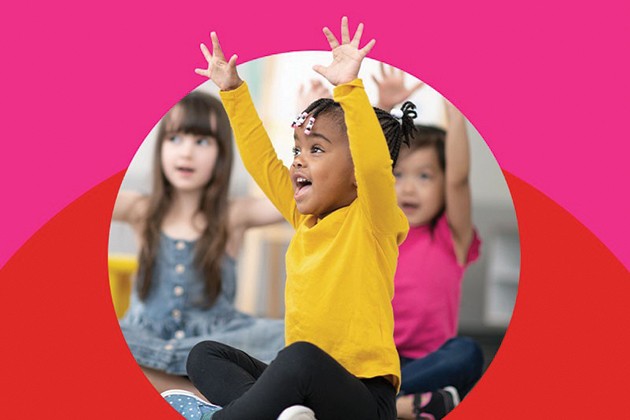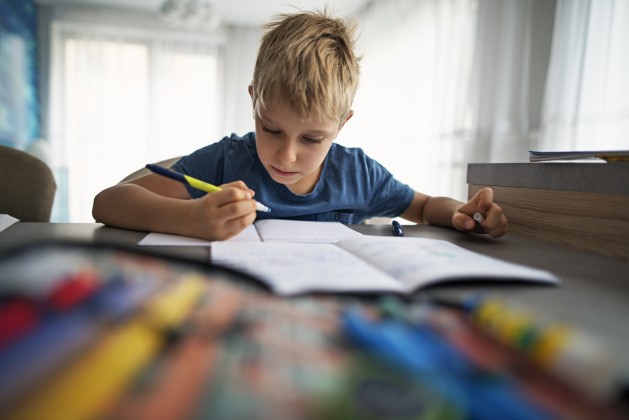How to Teach Reading to a Child

Reading is a crucial skill that opens up a world of learning. But not everybody reads: The Literacy Project estimates that only 35% of all public school fourth graders in the United States are proficient readers.
Teaching children how to read has become a growing science with evidence-based practices using diagnostics, workshops, guided reading levels, phonics, phonemics, sight words and alphabet-based everything. Some school districts require early elementary teachers to complete a “Science of Reading” curriculum to help them teach reading. Is it really that hard?
Consider this expert guidance for parents who want to guide their children toward a love of reading.
Teaching reading starts well before books.
Literacy experts, teachers and veteran parents all agree: Teaching children to read begins with reading to them.
“Kids need to hear language and stories from very early on,” said Susan Salter, a kindergarten teacher in Rapid City, South Dakota. “Talk and interact with children. Conversation builds wonderful speaking and listening skills, which support literacy and language.”
As enticing and educational as some reading apps and games appear to be, Salter said they can’t replace real human interaction when it comes to teaching children to read.
“I worry that conversation is getting replaced with screens and human interactions are less frequent,” Salter said.
Literacy experts, teachers and veteran parents all agree: How to teach children to read begins with reading to them — starting early and reading often. Read books, magazines, signs on the road, cereal boxes — everything counts as reading material. Even those little board books with only a few words are fantastic first steps as young readers start to put together pictures and words and make meaning.
“I worry that conversation is getting replaced with screens and human interactions are less frequent.”
Trips to the library are great ways to keep kids interested in books. Kids like to do a lot of browsing as they look for books that pique their interest, said Tess Botkin, a librarian with the Metropolitan Library System in Oklahoma City.
Reading programs are also great ways to make reading a family habit. Some libraries encourage early reading through the “1,000 Books Before Kindergarten” program, which encourages families to try to read 1,000 books before their child starts elementary school.
“Some parents find it intimidating, but if you’re reading three books to your kid at nighttime, you are going to hit that,” Botkin said. “It's not a huge, unobtainable number.”
Kids get stickers, certificates, plushies and even their own tote bags as they hit certain milestones in the program. It’s OK for kids to read the same book a few times. That’s part of mastering reading as kids practice their skills.
Parents can also personalize how to teach reading. Salter said she made an alphabet book for her son and filled it with meaningful pictures and words, such as G for Grandma, R for Riley (his sister), and Y for yummy yogurt, accompanied by a photo of her son in his highchair covered in yogurt. Such an approach can make learning fun for parents and children alike.
Teaching reading starts well before books.
As kids become more proficient readers, they will gravitate toward books and topics that interest them. Salter has seen kindergartners with learning issues who still know the names of every dinosaur species or Pokémon character. “It has to be important and relevant to the child,” she noted.
Remember, there is no universal way to teach toddlers and kindergartners how to read.
“Every child is different and there isn’t just one path to take,” Salter said. “Follow the child’s lead and build on that.”
Award-winning magazines deliver a monthly dose of positive encouragement, keeping kids of every age inspired and challenged.









